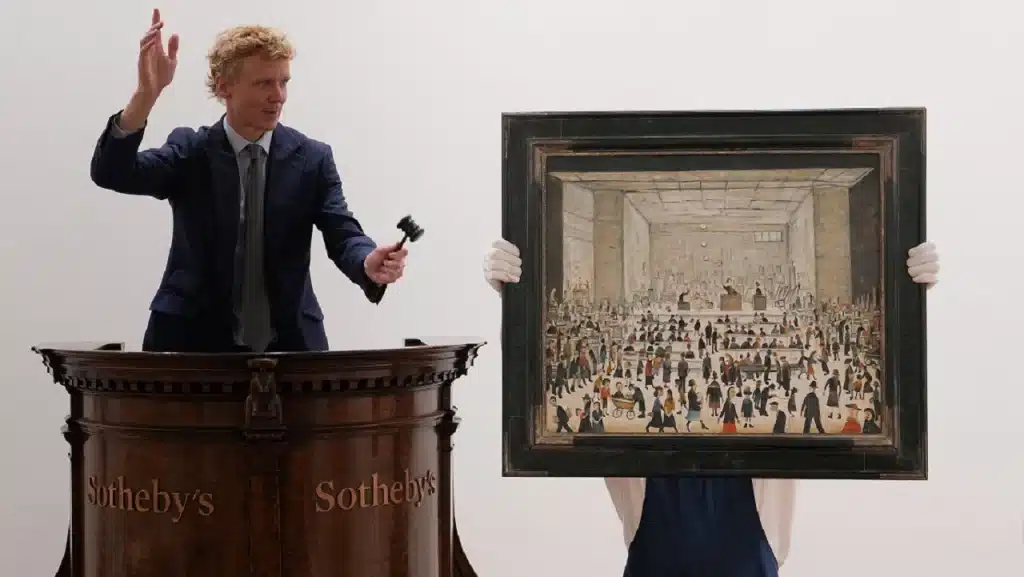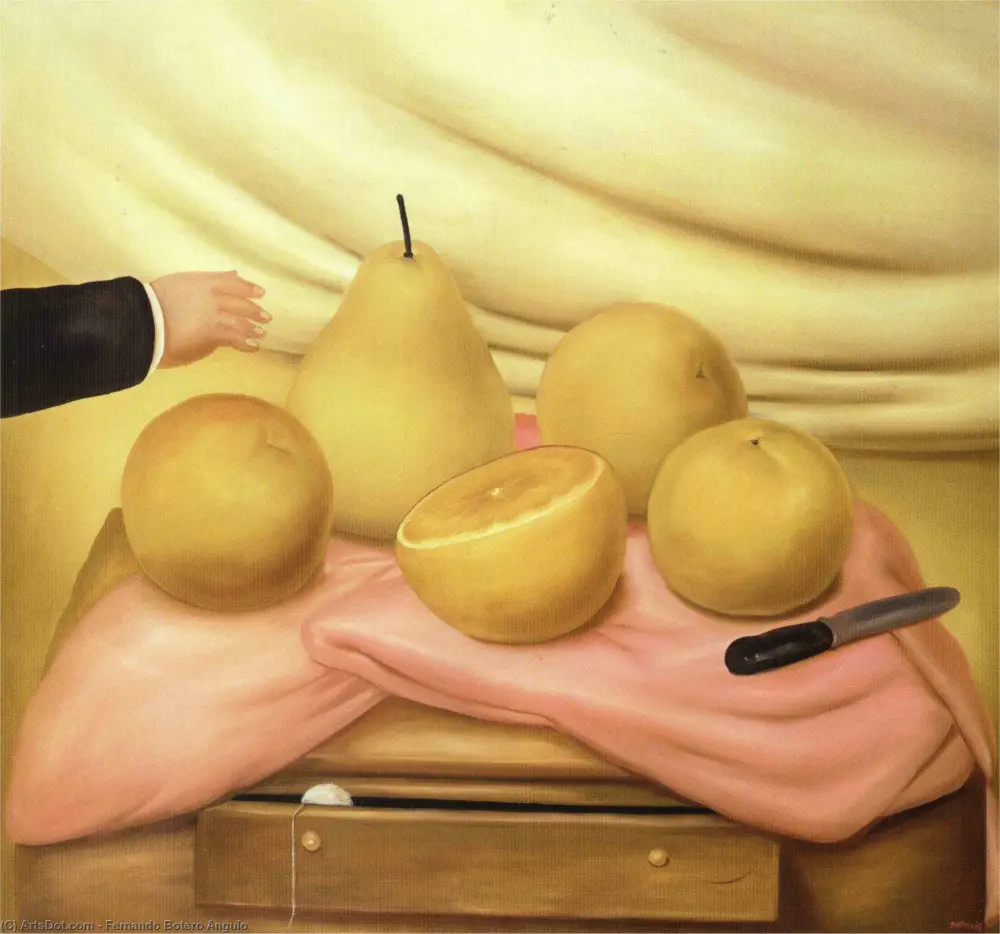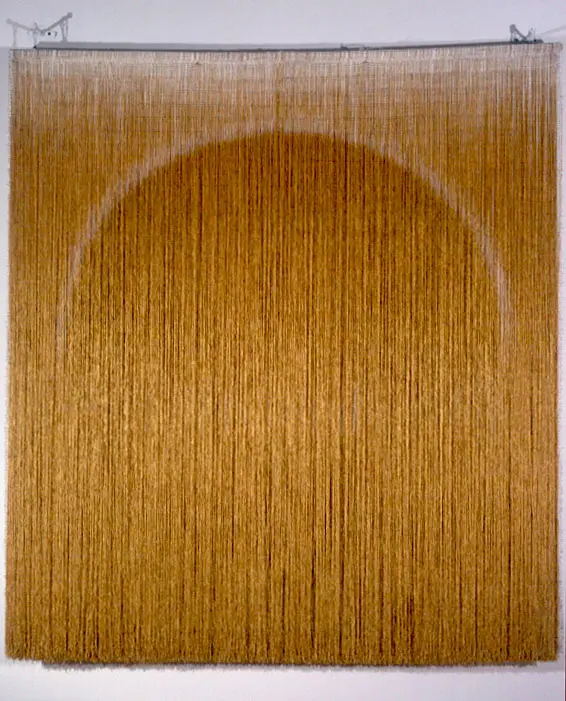In their thirties, people achieve or seek to achieve financial stability that allows them to explore new investment opportunities. Art, with its unique combination of aesthetic appreciation and potential for economic growth, presents itself as an attractive option. But why invest in art after 30? Discover how this decision can not only diversify your portfolio, but also enrich your life.
Diversification of investments: Investing in art allows you to diversify your portfolio, reducing your dependence on traditional assets such as stocks or real estate, thereby mitigating the risk of financial volatility or decline. Unlike other assets that can be affected by economic fluctuations, works of art tend to maintain or even increase their value, since their price is based more on collector demand and the scarcity of the pieces. It should be noted, however, that art is not an active investment to make in the short or medium term, since art is not as liquid as other financial assets. Selling a work can take time and depends on finding the right buyer.
Access to a global market: Access to a global market in the art sector offers investors a range of opportunities that are difficult to find in other sectors. The ability to acquire works from artists around the world, participate in emerging markets and reduce geographic risk are some of the key advantages. The combination of opportunities and risks makes the global art market fascinating, making it an attractive option for strategic investors.
Long-term appreciation: The potential for long-term appreciation is one of the most attractive reasons to invest in art, as it has the ability to generate significant value over time, overcoming market fluctuations and providing both financial and cultural benefits. Investing in art with a long-term focus not only enriches the investor’s portfolio, but also contributes to cultural heritage, making it a valuable investment on multiple levels. It is rare for the value of art to decrease; on the contrary, by acquiring a piece, the heritage is being safeguarded while the price of the piece tends to appreciate.
Cultural and aesthetic value: The cultural and aesthetic value of art provides a deep and meaningful dimension to art investments, complementing the financial aspects with enriching benefits for the individual and society. Art not only offers a way to preserve and explore cultural identity and history, but also provides an aesthetic experience that can elevate and enrich everyday life. Investing in art, therefore, is not only a financial strategy, but also a way to participate in the cultural and aesthetic wealth of humanity.
If you want to learn more about how to invest in art, we invite you to watch the following video:
If you would like to receive advice on which artists you can invest in, the different price ranges and styles, please contact us.




